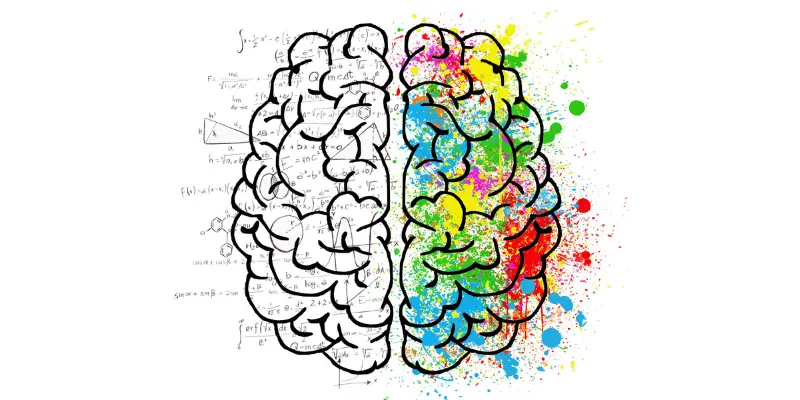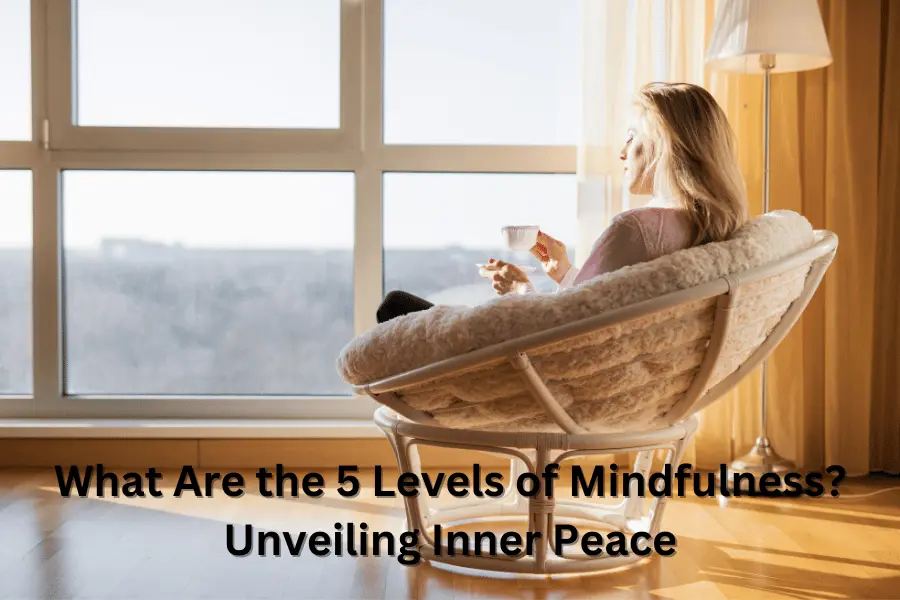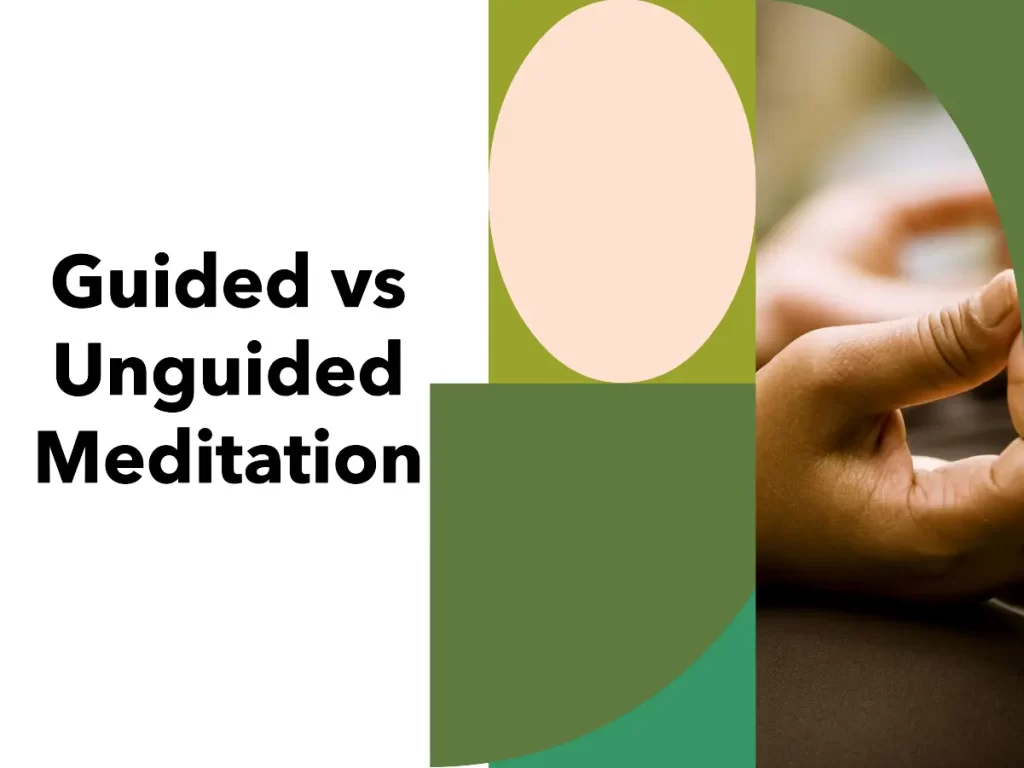Mindfulness – it is often perceived as a way to make your life peaceful and enlightened. It can be achieved as soon as the intention is set on it. This blog post will reveal satisfying answers to the question: what are the 5 levels of mindfulness? We suggest you stay tuned and find out how these levels can help you find calmness.
Mindfulness: An Ancient Idea Practiced in Modern Times


Mindfulness originally started in Buddhism. However, it has gained fame in non-religious contexts and has been adopted in the modern world.
The main principle is that of present-moment awareness and non-judgmental observations. This principle is interwoven into numerous courses for promoting physical and mental health. In modern times, mindfulness exercises have been devoid of spiritual or religious associations. Thus, anyone – whether they are religious or not, can practice mindfulness.
Statistics on the rise of mindfulness (e.g., number of practitioners, apps, books)
A survey in the U.S showed that the percentage of adults that undergone mindfulness training rose from 4.1 percent to 14.2 percent. Major increase was also evident in young children and teens. The percentage rose from 0.6 percent to 5.4 percent.
Google trends reveal that mindfulness is on the minds of the majority. Mindfulness programs have also become popular. The next thing widely used was books. In 2018 for instance, it was reported that 15% of the adult population meditate through guided meditation apps, books and programs.
Benefits of mindfulness (reduced stress, improved focus, better emotional regulation)
Mindfulness helps you identify serious issues like tensions in your body. Hence, it can reduce stress and anxiety. People use mindfulness to dispel fears and worries.
Another benefit is that it helps maintain physical health. From lowering blood pressure to improving sleep and strengthening your immune system, mindfulness is a go-to technique to achieve the good things of life.
Mindfulness heightens your sense of focus, memory and concentration. It makes it possible for you to be in charge of your mind, so to speak. That means directing it back to your breath whenever it wanders.
And last but not the least, it regulates emotions. Depression, anger and other emotional instabilities are reduced when you practice mindfulness.
Level 1: Having a Beginner’s Mind


This means being willing to see things from a fresh perspective. Imagine yourself as an empty cup or bowl that is ready to be filled with fresh opinions. A beginner’s mind allows us to be receptive to new possibilities. It prevents us from being caged or stuck in a particular place. It also deter us from thinking about the past or worrying about the future but to just focus on the task at hand.
Embracing curiosity and openness
This mindfulness level is often marked by curiosity and wonder. Persons who have a beginner’s mind are open to new thoughts and experiences. The kind of approach they take towards mindfulness is the kind where they do not assume they already know everything. Instead, they are ready and willing to get new insights and information about a particular thing.
Avoiding Judgments
Having a beginner’s mind means we agree that we do not have all the answers. It means we do not just hold on to our existing beliefs. Rather, we challenge them and we understand that there is more than meet the mind.
In this first level, we also observe thoughts without prior opinion or judgments. In other words, we do not nurture preconceived notions or limitations. Instead, we see things as fresh and are eager to explore what the world holds for us.
Level 2: Focused Attention


In this level of mindfulness, your attention is focused on a single object. This is done to help you quiet your mind and stay present. The object could be internal (like a mantra) or external (like candle or body part).
Focus, concentration and memory is heightened in this level. It also enhances self-awareness, memory and cognition. Who doesn’t want that?
Cultivating present-moment awareness
A present-moment awareness is achieved when we can gain access to our surroundings and fully grasp the world. By cultivating it, we can fully utilize our resources and navigate life’s problems with ease. We will also be able to pay attention to present moment. Other benefits also include improvement in emotional well-being and decision-making abilities. Above all, it improves our wellbeing. To cultivate this:
- You start with short moments by setting a few minutes aside each day to be mindful.
- Next, you try to engage your senses, especially the five.
- You practice non-judgment or non-labeling of thoughts and feelings.
Techniques for anchoring attention (e.g., breath, body sensations)
Establishing reliable anchors for our attention can help us cultivate stability and deepen our focus. At this point, let us explore the various mindfulness techniques:
- Breath: This is one of the most powerful anchors there is as far as mindfulness is concerned. What you need to do is close your eyes and direct attention to your breath.
- Mantras: By choosing a word that resonates with you, you can be focused. Repeat the words silently and softly. Should your attention shifts to something else, simply return to the mantra and guide it back to the present moment.
- Visual objects: Objects like candles can serve as anchors. You can start by selecting your image, sitting still, and paying attention to the details like the color, shape, and contours. Make the object your focal point of attention and allow it to enhance your presence.
- Body Scan or body sensation: Try to focus on different parts of your body and notice the sensations that are present. Notice how they connect with the ground and how they feel. Explore with curiosity and non-judgment.
- Sound Awareness: Pay attention to sounds around you – the humming of an insect, the melody of music, or traffic. Just let the sounds wash over you.
- Emotions: Positive and negative emotional thoughts within the body can also serve as anchors. Direct your attention to the sensations of joy, peace or even discomfort. Observe these emotions without judgment and allow them to be present. This will help deepen your connection with the inner world.
A fine trick is you can combine the techniques mentioned above during mindfulness practice to enhance your focus and stability.
Level 3: Developing Emotional Intelligence


This involves being aware of your emotions and better equipped to manage them. Bishop et al (2004) defines mindfulness as a combination of different processes aimed at strengthening emotions.
In level 3, we learn to regulate our emotions which is essential to a happy living. We are able to understand and modulate our emotions effectively for stress management. Practicing mindfulness can help us attain this level, which is, increasing our awareness of our emotions and learning strategies to cope.
Understanding and navigating emotions
Our emotions are influenced by a network of structures in the brain. These structures include the hippocampus and hypothalamus. They play a vital role in emotions and behavioral responses. According to research, there are more than 27 different categories of emotions that are experienced by humans.
Emotions are very powerful and they make us unique. Positive emotions can improve our health status but negative ones can destroy us. Emotions can change quickly, sometimes without reason. Being a controller of our emotions is helpful because it makes you respond intentionally to situations instead of acting on impulse.
Mindfulness and emotional regulation mechanisms
Here are some mechanisms of mindfulness to assist you in constructively responding to emotions.
- Self-awareness: Here, you are needed to understand what triggers your emotions. This leads you into acting with awareness.
- Mindful awareness: In this instance, you fully see your thoughts in the present moment without becoming reactive.
- Self-soothing: This means you engage in activities that promote relaxation and self-care, things that bring you joy such as music, nature walk or your favorite hobby.
Level 4: Compassion and Self-Acceptance


As you practice mindfulness, you will encounter mistakes. It is vital that you learn compassion and self-acceptance. This is not the same as complacency – as long as you desire to change your focus to your strengths and interest. It simply means you see yourself as an ally, not a foe.
Developing self-compassion and self-love
These two attributes helps us show understanding and kindness to our failures and shortcomings rather than overly criticizing ourselves. We do not become angry with ourselves thinking that such attitude will move us to do the right thing. Rather, we are patient and accept whatever outcome we find. We allow thoughts and feelings to develop and pass without giving opinions.
Extending compassion to others
Cultivating self-compassion will move us to show same to others. As we converse with friends and family members, we become kind to them. We listen empathetically without judgment and we spread love to the people we meet. This attitude enhances cooperation and good relationships. It also promote ethical behavior.
Level 5: Transcendence and Interconnectedness


This final level of mindfulness is associated with higher levels of consciousness. Here, you go beyond ordinary limits or boundaries. You achieve a deeper sense of spiritual awareness and enlightenment and you connect with something greater than yourself.
Experiencing a sense of oneness
Mindfulness helps you bring more awareness to your inner world. It also makes you more connected with yourself and with those around you. When you pay attention to your inner feelings, you can experience that feeling of oneness and unity.
Log in to the five facets of mindfulness
The five facets of mindfulness acts as a mediator of therapeutic change and mindful interventions. Find below a brief description of them:
- Observation: This involves using our sensory awareness to be able to perceive things around us.
- Description: This one deals with the way we describe our experiences and express them in words to ourselves and others.
- Mindful actions: This one is concerned with the movements we choose after attending to the information present at the moment.
- Non-judgmental inner experience: This is concerned with not letting us criticize our experiences in such a way that will rob us of happiness.
- Non-reactivity: This facet means that we actively detach ourselves from negative emotions. We simply accept them and not react.
Connection between Mindfulness Psychological Well-being


Amongst the benefits include promotion of better mental health, and reduction of stress and anxiety. It also helps you to effectively manage your emotions. You become more positive in the way you deal with problems. It seems as if you are making peace with your body by listening and responding to the things you experience.
Scientific studies on mindfulness and mental health
One study concluded that the practice of mindfulness was closely associated with reduced anxiety and depression. Also, mindfulness has been shown to reduce anxiety by means of suppression, reappraisal and rumination.
Let it also be known that research has found that mindfulness meditation work to make one’s psychological state better.
A delve into some mindfulness-based therapies
The first of course is the Mindfulness-Based Stress Reduction Therapy, an employment of mindfulness practices to reduce stress.
Second to that is mindfulness-Based Cognitive Therapy, helping you filter negative feelings.
We should not neglect the Mindfulness-Based Cognitive Behavioral Therapy – a combination of one’s thoughts and behaviors.
Integrating Mindfulness into Daily Life


Mindfulness is a simple practice – no money, little time, and a sprinkle of intention. Let us show you how you can integrate or incorporate mindfulness in a way that feels natural and nourishing.
Practical tips and techniques
- Integrate mindfulness into existing routine activities like showering, walking, or eating.
- You don’t need to do too much at all. Just keep it short, simple, and sweet. At your own pace, you can increase the time.
- Mindfully notice things around you by pausing and writing them down. You could even do this mentally.
- Take a moment to look inwards, i.e. to notice something about yourself.
- Be patient and gentle with yourself. Building mindfulness takes time, so is seeing the benefits. So don’t rush or give up if you are not getting expected results. Keep pushing and you are sure to make it.
Five-level analysis: A step-by-step guide
According to the journal of management, Neal Ashkanasy, a professor of management, posits that the five-level analysis are as follows:
The first level is deals with examining mindfulness and how different emotions directly affect a person’s mood.
The second level is all about how different individuals experiences and expresses emotions, which correspond to trait mindfulness.
The third level is concerned with the differential effects of emotions on communication processes.
The fourth level is how emotions are used to create psychological safety among individual and groups.
The fifth level gives an overview of collective mindfulness and its impact on organizational culture.
Conclusion: Embarking on the Mindfulness Journey


The journey of mindfulness leads to a holistic living. It helps transform lives and successfully navigate life’s challenges. Make sure you enjoy every moment like it’s your last.
Recap of the five levels
To the question – what are the 5 levels of mindfulness? This blog post has covered the different levels – beginner’s mind, focused attention, emotional intelligence, self-compassion and interconnectedness. Both the lower levels and the higher levels make you become better as you practice them.
Call to action: Start your mindfulness practice today
Now that you have seen what mindfulness is and what it can do, do not hesitate. Get yourself ready and swing into action. The earlier you do, the easier it will be for you to continue and the better for you. We wish you the best!
FAQ’S about Mindfulness:
Q. Are there 5 steps of mindfulness? What are they?
A. We have mindful breathing, concentration, body awareness, releasing tension and walking meditation.
Q. What is the average level of mindfulness?
A. The average level is the state awareness – a position where you are aware of the anchor you are using to enhance awareness at the present moment.
Q. How do you measure mindfulness level?
A. We do this basically with the five facet mindfulness questionnaire (FFMQ) and the mindful attention awareness scale.
Q. Can you mention the 7 pillars of mindfulness?
A. Pillar 1 is a beginner’s mind. Follow by non-judgment, trust, non-striving, patience, acceptance and letting go.
Q. Does your mindfulness benefit others?
A. It makes you show compassion and love to others, thus improving relationships.
Q. How do we increase mindfulness?
A. Practice acceptance and focus on your breathing.



